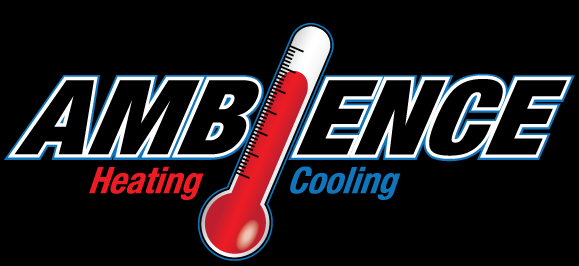We all like saving money on our monthly utility bills, but it just so happens there’s a way to do it when you aren’t even home.
It starts with your thermostat. By using automatic schedules, you can structure its daily schedule around your personal preferences. You can create a number of automated temperature settings for when you’re at home, away or even when you’re asleep.
With a few simple adjustments, you’ll be able to enjoy comfortable temperatures while keeping more money in your pocket. Take a look at a few ways your thermostat can save you money in the summer:
While at Home
When you’re home, you want to enjoy a comfortable temperature. It’s only natural to want your thermostat lower in the summer while inside to make the most of the cool air.
But the most energy-efficient temperatures for when you’re in your home during the summer is usually between 78 and 80 degrees Fahrenheit. By adjusting things a few degrees, you’ll keep cool while still keeping your energy bills low.
While Gone
When it comes to setting the temperature for when you are out of the house in summer, it’s extremely common to move the thermostat higher for while they’re gone.
If your home is in a shady spot in a cooler climate, you can set the thermostat to higher temperatures like 88 degrees while no one is home and then lower it back to the sweet spot of 78-80 degrees once you’re home again. This way, your air conditioning won’t have to work constantly to keep an empty house cool.
While Sleeping
When it comes to sleeping in the summer, you want a temperature that’s nice and cool. You should try and keep things between 68-72 degrees Fahrenheit. There’s less risk of getting too hot or too cold at some point overnight.
Additional Ways to Reduce Energy Use:
- Smart thermostat installation: Switching to a smart thermostat in the summer can lower energy costs as it forms temperature schedules according to your lifestyle and idea of what comfortable is. It’ll take care of making changes while you are home or sleeping, while allowing it to get warmer when no one is home. With reliable brands like the Lennox iComfort, you have the ability to remotely access and change the temperature through your smartphone, tablet or laptop. Requesting smart thermostat installation in your Wilmington home is an effortless way to set the correct temperature no matter where you are.
- Update your existing HVAC system: A high-efficiency HVAC system can save money in the long run. By investing in a more energy-efficient system, lower utility bills won’t be far behind since it requires less energy to achieve comfortable temperatures. Air conditioning installation in Wilmington is a breeze for experienced professionals like Ambience HVAC, Inc..
- Stay on top of routine AC maintenance: Investing in or ignoring regular air conditioning maintenance in Wilmington can have a significant impact on your utility bills. With regular cleaning of the coils, checking for damage and keeping vents clear of dust and debris, you may notice your HVAC system run more efficiently. Increasing efficiency also limits strain on the unit and lowers operational costs, resulting in lower energy usage and subsequently, smaller bills.
- Clean or replace the air filter on a regular basis: Regularly changing the air filters in your HVAC system saves money by keeping airflow as smooth and consistent as possible. When filters become clogged, your air conditioner will have to work harder, and this greater strain could shorten the system’s life span and result in breakdowns.
- Verify your attic has enough insulation: Insulation is a vital part of maintaining an energy-efficient home, securing the hot air outside and the cool air inside over the summer. The North American Insulation Manufacturers Association (NAIMA) offers an official recommendation stating homeowners in souther states should install at least 13-14 inches of insulation, while those in northern U.S. states should have 16-18 inches.
- Review your air ducts: Leaky ductwork can raise your energy bills much more than 20 percent, plus it can affect equipment such as your water heater, clothes dryer and other appliances throughout your home. Checking your ductwork for leaks and sealing them can address both concerns.
- Seal all other leaky spots in your home: Sealing up other leaks in your home with caulk, foam sealant or weather-stripping helps keep things cooler during those hot summer days. It’s also important to check for any gaps around windows, doors and even outdoor fixtures. Devoting time and effort to sealing leaks now can help you save a lot over time.
